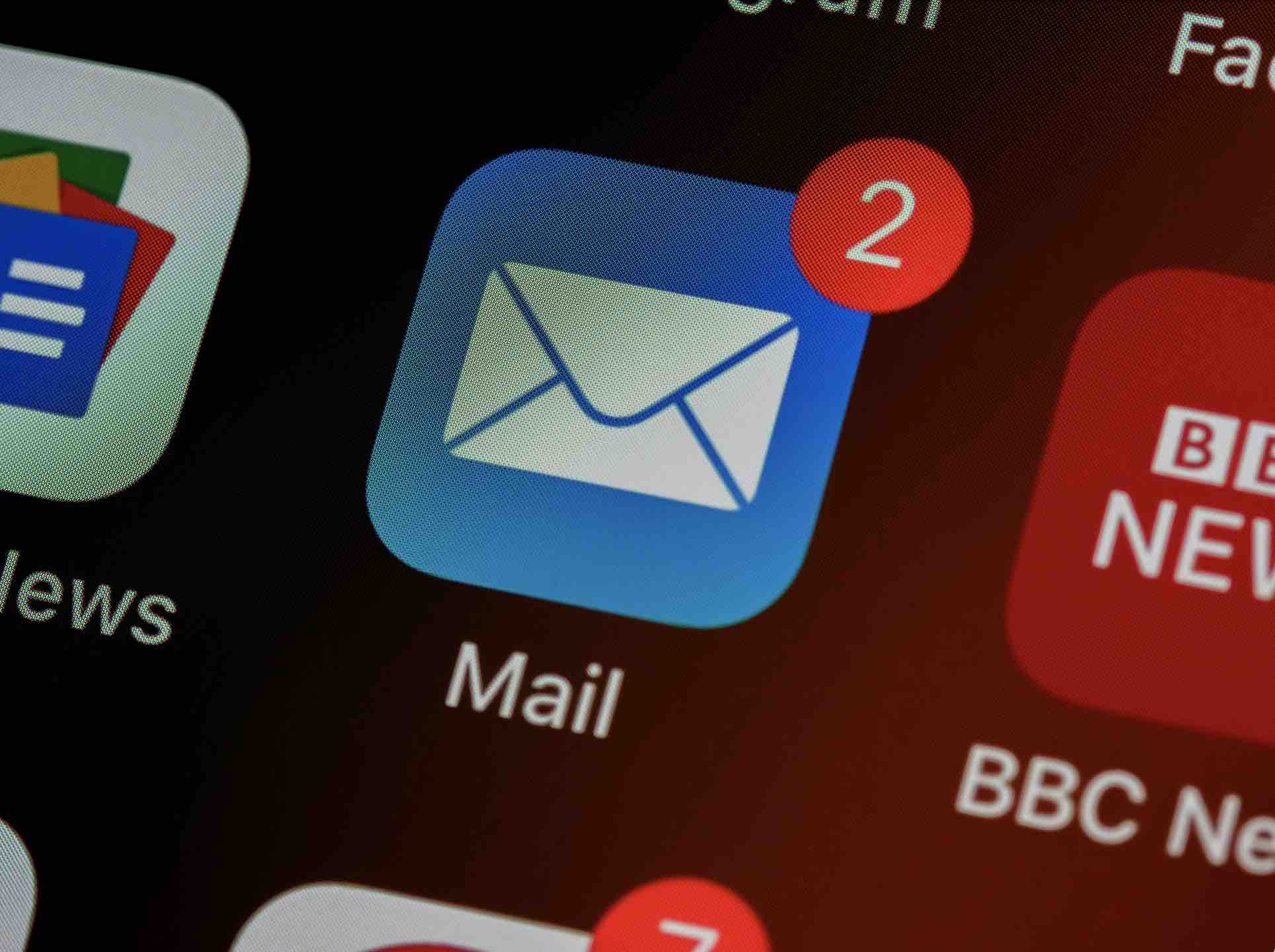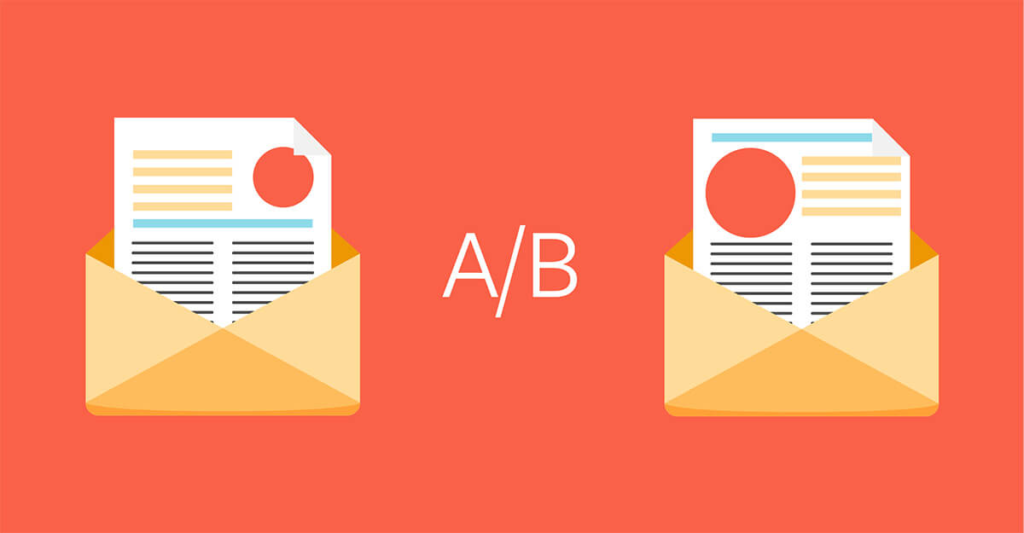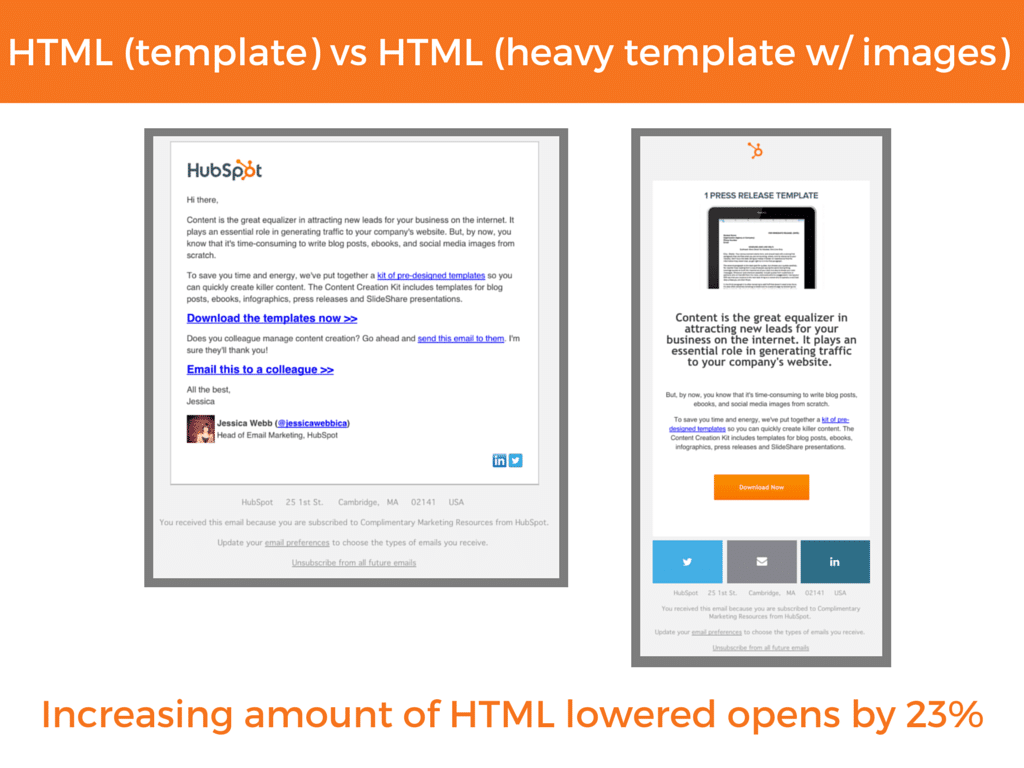Taking your appeal emails to the next level
— by Samara Gentle
When it comes to segmenting and personalising direct mail, charities have this nailed. It’s a practice and a method the industry has been working with and refining for decades. However, many don’t seem to be applying those same principals to emails. This is possibly because charities aren’t confident or perhaps have on an older CRM without the capability or the data is a complete mess as the result of years of poor (or non-existent) data management practices. Regardless of the reason, the segmenting and personalisation of emails to donors and supporters should be more extensive than direct mail.
As a starting point, here are some tips and ideas to help charities take their appeal emails to the next level.
First Name
No surprises here, the first name is the easiest and most familiar way to address someone, whether that be in person or online. Use their first name more than once. Most of the time it’s included at the beginning ‘Dear <firstname>’ but then it’s never used again. Use it often and where possible use it when the ask is clear and direct.
In terms of being formal, for appeal emails this is perfectly fine, because the topic is often serious and the charity is making a personal plea. This is different to a community fundraising email where it’s usually more casual.
The Sender Name
An important part of standing out in the inbox is the name of who the email came from. It’s easy to get lost in all the ecommerce emails likely to be in your donors inbox, but you can stand out by your email looking it came from a person.
Research by NextAfter showed that sending from a person saw a 28% increase in email opens. If you need help convincing people in your organisation, it’s a great scenario to do an A/B test.
Referencing your last communication
Ensure the email references your last communication (or future expected communication) with the donor. For example, they may have received the organisation’s monthly e-newsletter just two weeks ago, or they’ll be receiving a direct mail to their letterbox.
This helps the donor to feel less like another contact on an organisational database, and more like the charity really knows them and knows when they last spoke to them or plan on speaking to them next.
Dynamic Content
Depending on the platform you’re using, dynamic content might be called something different, essentially it’s a section of content that is displayed to only a certain segment within your email list.
An example of when you might use this is if you’re sending your appeal email to a new segment of people that supported you because of a one-off appeal (i.e. 2019 bushfires) and you want to reference that they are new supporters. Or including a reference to a petition that the segment may have signed to end up on your database. The possibilities of using dynamic content to personalise your appeal emails are really endless if you’re capturing the right data.
Dollar handles
Just like you would customise your ask in your direct mail letter, you should customise it in your email. A way to do this is to segment your lists based on what their last gift amount is and include dynamic content within the email that helps to upgrade their next gift. Adding custom giving handles to your emails based on their last gift or past giving history is also another way to increase their next gift. Just make sure the donation handles on the landing page they are sent to match the email.
To go a step further you should also consider landing pages that are customised as to where your donor fits within the giving amounts so that they’re click-through experience matches as closely as possible as to what you’re asking.
You wouldn’t want to send a donor who usually gives $750 to a landing page where the highest dollar handle is just $250
This also counts for content, the case study or appeal you’re referencing in your email should be represented on the landing page with the same look and feel for a seamless experience for the donor.
A/B Testing
There are a variety of ways to incorporate A/B testing into your emails. Remembering that A/B testing is just changing one part of the email between the two tests. If you change more than one thing it then becomes multivariate testing which is much harder to pinpoint what it was that worked better/worse.
If you’re just starting out, here are a few options to consider testing:
- Send times – try two different times of day, or two different days of the week
- Headlines – including personalisation, urgency, emojis, quotes
- Sender – testing between sending from your CEO/President vs Fundraising Manager
- Content – headers, using buttons or in-text links, including a P.S
If you’re fairly confident with the above then consider the following A/B test suggestions, these are best to test with a sample number of your database and then roll out the winning test to the rest of your database. A recommended minimum sample size is 5,000:
- Case Studies – testing two different case studies to see which resonates best.
- Plain text – Have a dressed up marketing version and then a plain text version, ensure all the copy is exactly the same to make this a true test.
- PURLs – incorporating PURLs by testing the default donation amount. For example, $10 more than previous gift vs $20 more than previous gift.
It doesn’t need to look snazzy
Don’t let limitations in design stop you from sending your appeal emails. In fact research by NextAfter indicates the more plain and simple your email the more likely people will respond by opening and clicking and then making a gift. If you’re worried your email looks basic – it will most likely work in your favour!
Ultimately just send the email
If you haven’t yet sent an appeal email and only rely on direct mail, now is the time to just do it. Don’t overthink it, just include their first name in the subject line and a couple of times throughout the copy as your starting point along with multiple asks. Then you can start to refine and improve on each subsequent email.
If you are already doing some of what is mentioned above, but not all, give them a try. Make sure you also have a solid test and learn plan for each email and record your results. Keep referring back to those results as your email communications advances.




